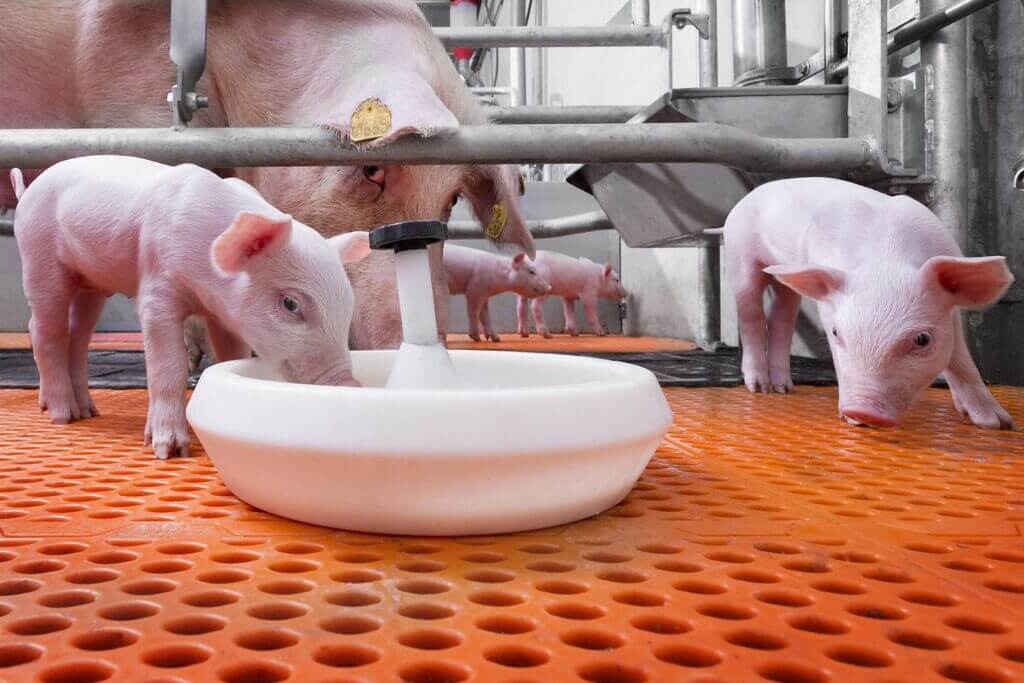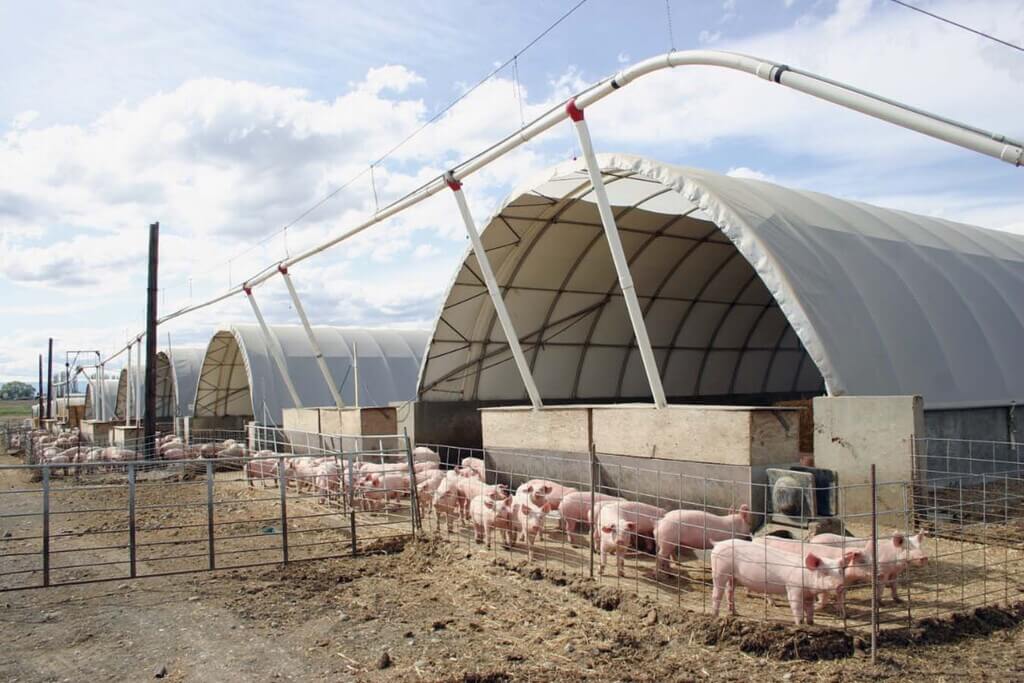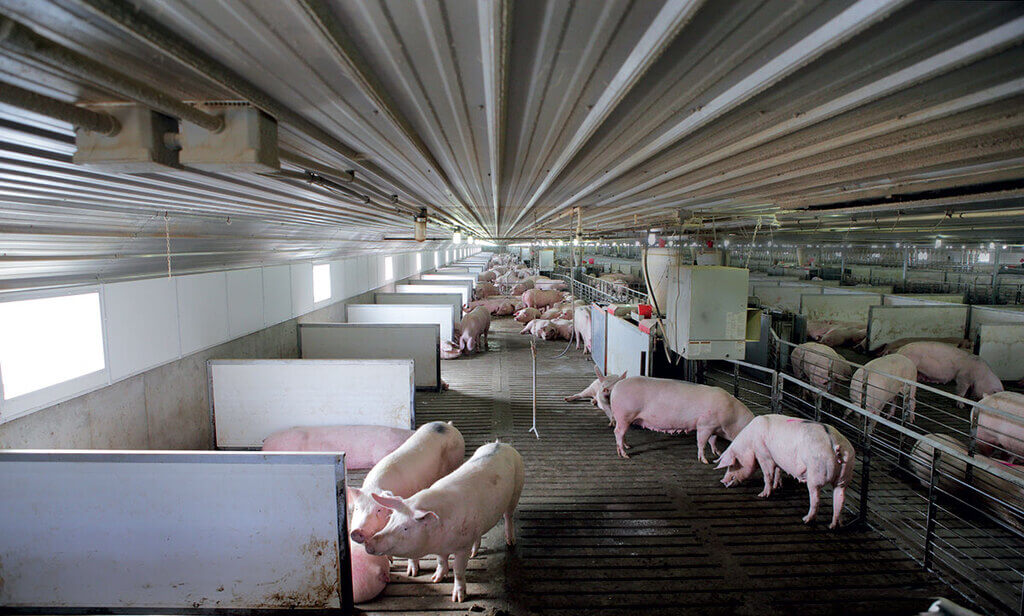Major Expenses Of Pig Farming Business
The pig farming business comes with its own set of expenses. Some of them are generic whilst others are more specific to pig farming. To become an astute pig farmer you need to have intimate knowledge of the major expenses involved. For that reason, we are having a discussion on the major expenses of the pig farming business. Understanding your major expenses can provide you with a competitive edge. True to Sam Walton’s words, “Control your expenses better than your competition. This is where you can always find the competitive advantage”. That is why you need to know them because only then can you figure out how to control them.
Pig Feeds Or Nutrition

Source: pigprogress.net
In any pig farming venture, the biggest expense will always be feed or nutrition. Feeds alone will constitute anything between 50 percent and 75 percent of the total operating costs. Note that this will depend on the type of pig farming approach you will be using. The most common approach or niche is the farrow to finish one. This is where you start off with pregnant pigs or common piglets. Then you rear till they reach market maturity. For this approach, your feeding expenses can reach as high as 75 percent of total costs.
Other approaches are a feeder to finish and a farrow to the feeder. Their proportion of total costs is usually anything from 65 percent and 50 percent respectively. Another addition here is pig health. Though of course pigs are not extremely affected by pests and diseases, veterinary products and services can be an addition here. For instance, experts encourage that pigs should receive veterinary care at least 2 times a year. This will be for purposes of vaccinating, deworming, routine check-ups, and the like.
Pig Housing Structures

Source: wordpress.com
Another significant expense for pig farming is their housing. With pig farming, you cannot get away with just makeshift housing. You will need properly built structures that provide solid security. You essentially want to build structures that are firm or sturdy. You can use steel, fences, or wood if you want to be cost-effective. However, the most recommended is using brick and mortar. This means you will need bricks, cement, roofing, doors, and the like. This provides the best pig housing but tends to require significant funding.
Feeding and sanitation implements will also be needed. The number of expenses incurred will depend on the number of pigs you are rearing. Pigs require spacious housing to avoid things like heat stress. The recommended spacing allowance for one pig is roughly at least 4 square meters. So the more the number, the more the housing size needed, and the more the expenses. The good thing about housing is that it can just be a once-off financial burden. Once it is in place you will only ever need to extend or just do touch-ups over time.
Pig Breeding Stock, Piglets Or Weaners
How you roll out your pig farming business depends on what your niche is. You might want to start with breeding stock i.e. starting with bows and sows. This of course is a much longer route because you would start at mating or gestation. The other option is starting off with piglets i.e. you purchase piglets and then you start rearing them. The other option is to purchase weaners which you will start feeding or fattening for them to appreciate body weight. Whichever option you settle for here will call upon you to make some purchases.
It can be bows, sows, piglets, or weaners. This is usually a sizeable initial expense you will have to cover. Pig weaners can go for anything between US$40 and US$60; even higher. Piglets can cost as much as US$50 but it is possible for them to be cheaper than that. As for breeding pigs, costs can range from US$300 to even US$1000. That will depend on their quality and genetic profile. Bear in mind that these figures are just to give you a guideline otherwise prices vary greatly.
Day To Day Operations

Source: modernfarmer.com
This is a cluster that includes a number of things pertaining to day-to-day operations. For starters, you might need labor to cater to your daily needs. These include feeding and cleaning the pigs and housing plus more. This will also stretch to slaughtering where applicable. Other aspects included can be transportation, communications, marketing, cold storage, and basic utilities. Core utilities here can be things like electricity, water, or even rentals. So putting together all the day-to-day operations there will require significant amounts of money that will go towards that. The size or extent of the daily needs will be informed by your scale of operations as usual.
A Business Plan Lays a Foundation for Understanding Your Expenses
There are many reasons why you need a business plan for your pig farming business. One of them is that you get to grasp the expenses to expect in the business. This will help you accurately envisage how much in expenses you will incur. Since expenses are tied to the extent of your profitability, knowing them will be a huge plus. This is because you will at least have an idea of which expenses to deal with and how. The financial aspects of any business are the heart and should be given adequate attention. No wonder why we emphasise the importance of putting together a pig farming business plan.
Whilst you have to keep a tab on the major expenses, do not also neglect the minor or small expenses. Pig farmers tend at times to overlook such expenses but they can have huge implications. Benjamin Franklin once said, “Beware of little expenses. A small leak will sink a great ship”. It is vital that you have a balanced focus on your expenses. The goal will always be to find expenses you can eliminate or minimize. However, this should never be done at the expense of products quality and good customer service.
